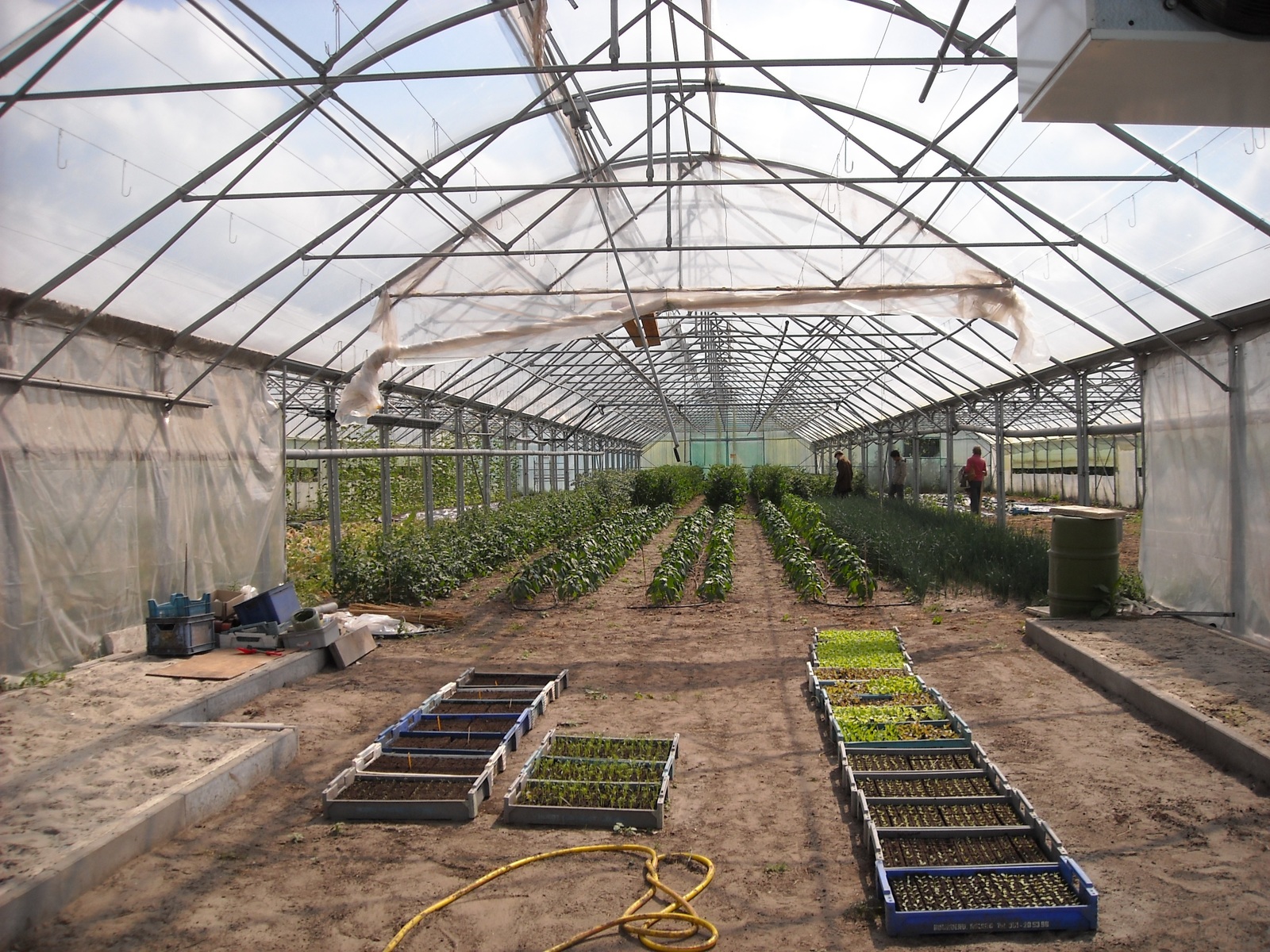Before you venture into greenhouse farming, learn how to start growing plants in a greenhouse from seeds or transplants. We already know when to start growing crops in the greenhouse, but the specific steps and information for how to start is as crucial for success. Knowing the hardiness zone is essential for timing when to start growing plants, but starting from seeds and transplants involve other factors and considerations.
The interest for greenhouse farming is on the rise because more people see its advantages on year-round production of high-quality plants. However, indoor gardening benefits will only be possible if you are consistent in management practices from start to harvest. This, of course, includes the proper way of starting plants in the greenhouse.

Definitive Guide For How To Start Growing Plants In A Greenhouse
Starting plants from seeds
Preparing the greenhouse
Preparation is key to the success of your seeds and transplants. You must meticulously disinfect everything in the greenhouse, including the pots, trays, benches, and shelves. In addition to sanitation and cleanliness, ensuring the greenhouse’s proper conditions should also help your seeds thrive.
Choosing seeds
As mentioned by the University of Massachusetts Amherst, it’s essential to use fresh seeds when starting seeds in the greenhouse. This will guarantee that they will germinate well. Old seeds have lower quality, which can lead to poor germination and productivity due to reduced vigor.
The next step is to sort them into different groups to create a neater set-up in the greenhouse, for example, which plants will grow best together or which crops are best started indoors. The seeds grouped as the cool season and warm season plants will also make it easier for you when planning the dates for planting.
Planting seeds
The next step is to plan when to plant the seeds. This is where it’s useful to know your growing zone. Use this as a guide to identifying the average last frost date in your area.
Did you know that you can go soilless when you’re starting seeds in pots or trays in the greenhouse? The chance of success in seed starting is higher if you use a specific mix that isn’t too heavy. This guarantees resistance against diseases and provides the ideal drainage.
In contrast to a typical potting or garden soil, a seed starting mix would not be too heavy for the seeds. Check the directions on your seed packets, so you’ll also know how many seeds per container or pot is suitable. Usually, you can plant seeds at a depth of half an inch, but this can still vary per plant.
Cover the seeds with soil and spray with water, and then use a plastic wrap to cover the container. To prevent changes in soil temperature, you can use a heating mat. Don’t forget to label your containers so you can follow the guidelines for each plant, and you won’t get confused when the seedlings emerge and look the same.
Starting transplants in the greenhouse
Transplant production
After you sanitize and check the greenhouse conditions, you can use soil or artificial mixes to produce transplants. Overall, the best for transplants is a nutritious mix that has good drainage and moisture-holding-capacity. The typical containers for transplants in the greenhouse are polystyrene trays and plastic trays.
The two factors that are especially crucial for transplant production are irrigation and fertilization. For the former, remember to only water when needed as the seedlings grow roots. Create an irrigation schedule and ensure that you are watering your plants uniformly.
Gardeners’ common error is over-watering, assuming that it’s the same volume with the early stages of germination. This leads to pests, diseases, and poor quality crops. Instead, water the plants in the morning so that the soil dries before the evening.
For their nutrition, using water-soluble fertilizers when watering is suitable for transplants. However, each plant differs in requirements, and you may need to adjust fertilization depending on the greenhouse conditions. Transplants also require the proper growing light in the greenhouse to encourage strong seedling growth.
Hardening transplants
One of the most significant advantages of greenhouse gardening is allowing farmers to start their growing season early, which sometimes means producing transplants. However, it’s crucial that you also know how to properly harden your plants to prevent shock and stress from the sudden changes in the field. The greenhouse is also your friend in this part of the production.
To prepare your transplants, lower the greenhouse temperature by 5 to 10°F and reduce the amount of water and fertilizer you give. This way, the plants can get acclimated to the sudden changes outdoors before transplanting. On the other hand, you can also move the transplants to a lath house two weeks before transplanting.
Conclusion
The beauty of the greenhouse allows farmers to have continuous production of high-quality plants without the challenges of unpredictable outdoor conditions. But knowing how to start growing plants in a greenhouse either by seeds or transplants is crucial to reap these benefits. Overall, the greenhouse is useful for starting plants or for growing plants throughout their cycle.
If you choose to transplant your crops, later on, remember to harden them first. This way, they can withstand the unpredictable and adverse conditions outdoors and prevent transplant shock.
